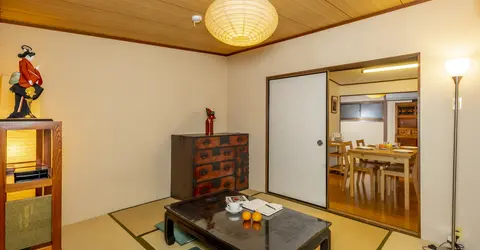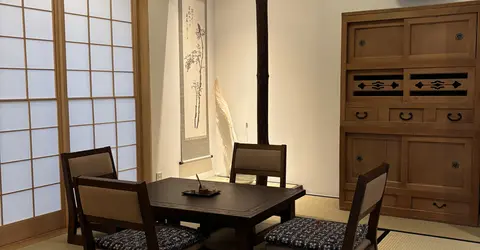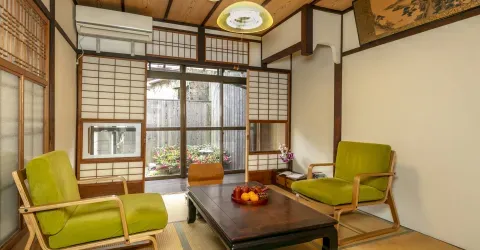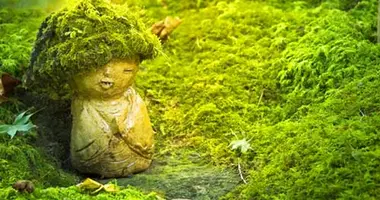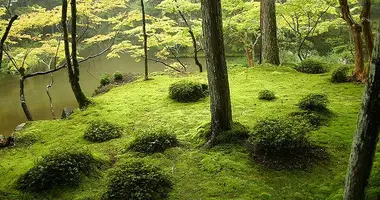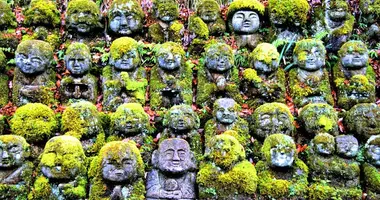Heian-jingu 平安神宮
- Published on : 06/11/2014
- by : R.Z.
- Youtube
A national tribute <br>
Dedicated to the two most important Japanese emperors, Heian-jingu invites people to rally around its history.
Even today, the Heian-jingu unites crowds. It embodies the pride of a rich Japanese history filled with fabulous characters. The emperors are, as such, entities particularly revered in the popular imagination. Considered living gods up until the Second World War, they often retained their importance even after death.
But there's no need to go to their place of burial to honor them when there are shrines, more accessible and more suited to ceremonies specifically devoted to them. Thus, Heian-jingu was erected in honor of a particularly cherished period of Japanese history, the Heian period (794-1185), and its founder, the fiftieth Emperor of Japan, Kammu (737- 806).
The inauguration took place on March 15, 1895, on the occasion of the 1100th anniversary of the founding of Kyoto. The Shinto shrine is modeled after the architecture of Chodo-in, the courtroom of the first Imperial Palace of the city, on whose foundation the current center of Kyoto is based around. Its red torii gates signify entry into a sacred space, and one of the largest in Japan.
In 1940, the Kyotoïtes decided to also pay their respects to the last emperor to have lived in Kyoto, Komei (1831-1867), who then joined the Emperor Kammu as fellow deity of the shrine. Every year, the Japanese come from all over the country to celebrate their history and these two founding figures of their nation and participate in the Jidai Matsuri , Kyoto's historic festival which takes place mostly in Heian-jingu.
However, the shrine is still well visited during the remainder of the year, with its majestic red and white buildings, imported Chinese Buddhism, and its garden colors. This is typical of the Meiji era (1868-1912), and it has the distinction of hosting some rare species of turtles, it is possible to feed through specialty food hawkers, placed around ponds.
A famous Shinto shrines in the capital of a thousand temples, the Heian-jingu honors the glorious city became a museum past.




